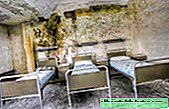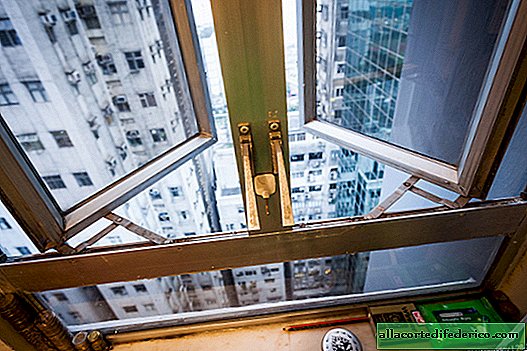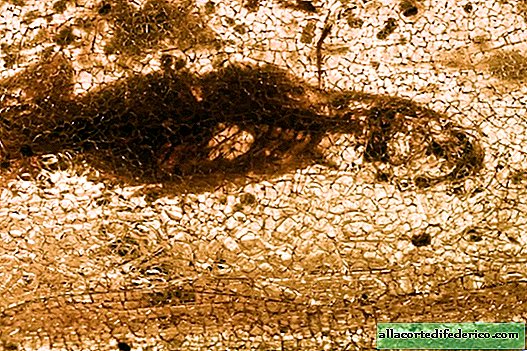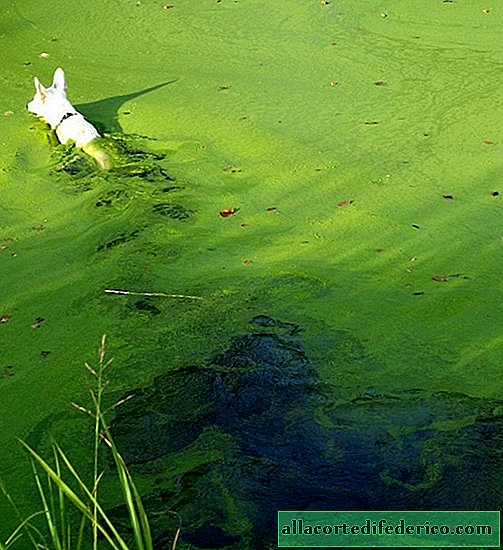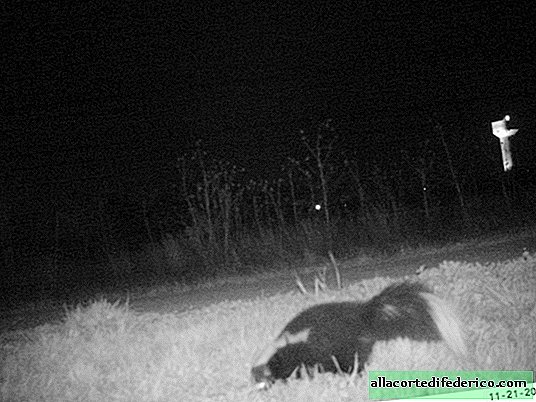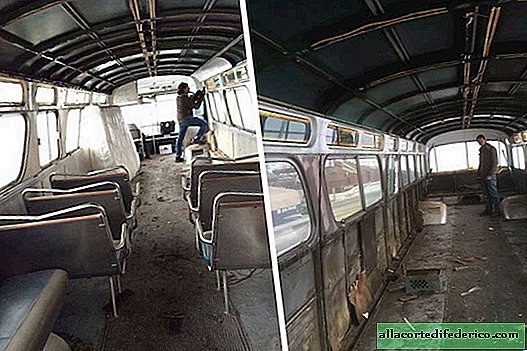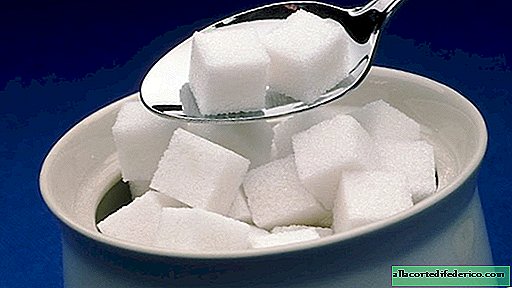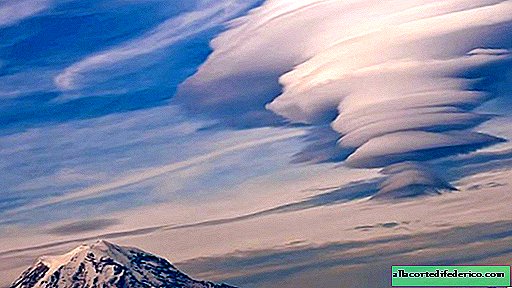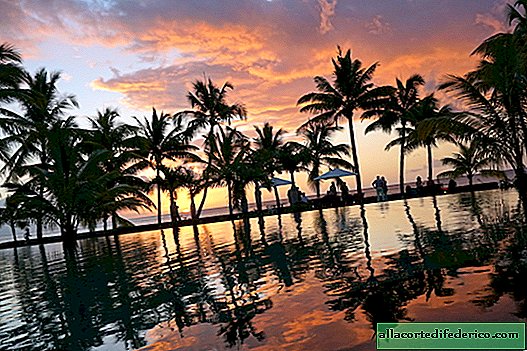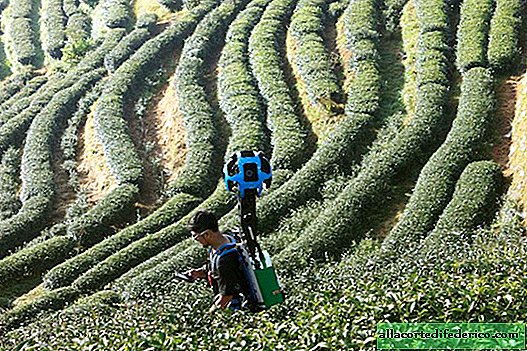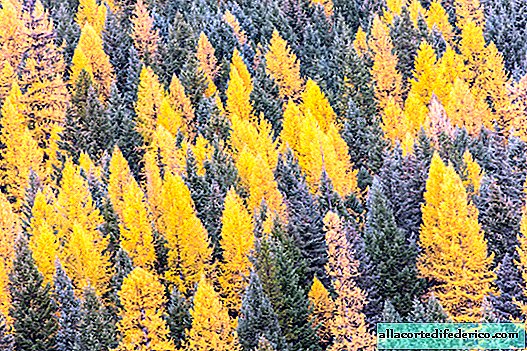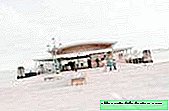How to photograph the largest snake in Europe - yellow-bellied snake
Quite often, they ask me how I get this or that frame. In this article, my experience of shooting yellow-bellied snake and a bit of backstage. In my review of the Lower Volga reptiles, I mentioned this wonderful snake. I won’t write about biology, there is a good Wikipedia article.

The most important thing in photographing wild animals is, in fact, to find an animal. Sometimes it is not easy. It is best to shoot snakes with us in late April - early May, at which time they have a mating season, so the activity is maximum. In addition, the grass is still low in spring, it is much easier to find a snake in it than in summer. But usually you have to sweat when searching. I used to walk more than twenty kilometers and did not meet a single snake, and once at five kilometers I met three at once.
Once the snake hides in the grass, it becomes almost invisible. This is the first reaction of the snake to the approach of man. If the snake realizes that it was noticed, it with a loud hissing arrow breaks off and rushes away. However, some large specimens prefer to lie to the last, then to make an unexpected throw towards the person, but after most often they also try to escape.

The snake took refuge in the bush of the muzzle.

There is only one way out - to catch a snake. Here I am with about a meter and a half yellow belly.

Caught yellow bellies will wriggle, try to bite. The snake is not at all toxic, but it has small teeth, so it can bite through human skin. It is safe for yourself and for the snake to hold it at the base of the tail.
And this snake is the largest I have met, its length is more than 1.8 meters.

Now it remains to release the snake in a convenient place for shooting ...
But the snake will not wait to be photographed. Most likely, he will try to crawl away. If you stand in front of a snake, it will attack.

Before the throw, the snake is grouped.



Then it rushes right into the camera lens.

Many times I tried to catch the moment of the throw, but the snake very quickly flies through the area of the sharply depicted space.


And then one day with my friend we caught a very aggressive snake.

A friend distracted the snake, and I filmed her lunges with a television set.



It looked something like this:

The yellow-bellied snake is a very temperamental snake, there is no need to make efforts so that the reptile displays emotions. But to calm the snake - the task is harder.

With snakes up to a meter, I act as follows: I carefully twist in a palm into a spiral, then I put it in the right place and cover it with my palms. The snake feels like in hiding. Then I slowly raise my hands; there are from a few seconds to several minutes to shoot.

And when I deal with large specimens, which are not enough to cover with four of my palms, I use a backpack. A snake voluntarily creeps under a backpack lying on the ground in search of shelter, after which, after waiting a few minutes, we lift the backpack and remove it.
It is important to remember: do not torment animals for a long time during shooting. And then you need to take the snake to a safe place: a bush, a ravine with cracks in the ground, in a colony of ground squirrels or other rodents, so that the reptile could recover from stress.

